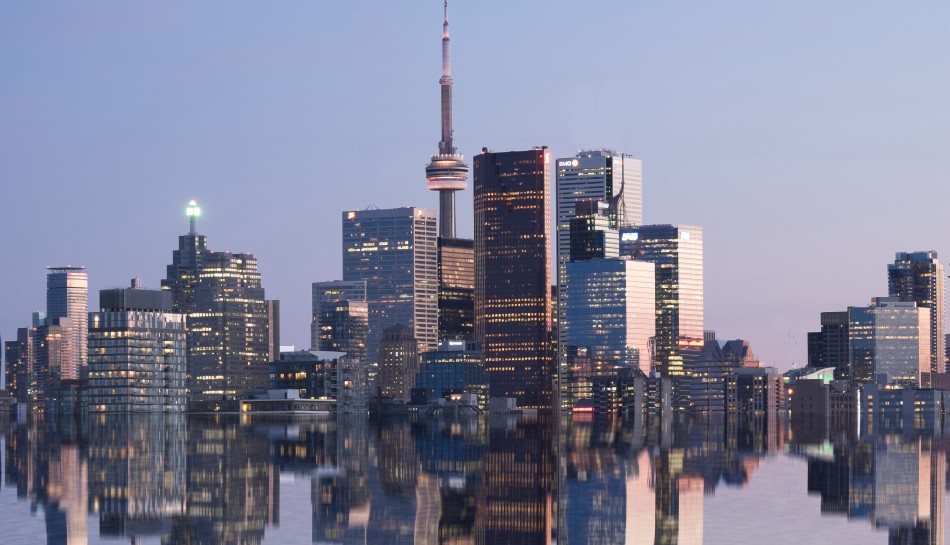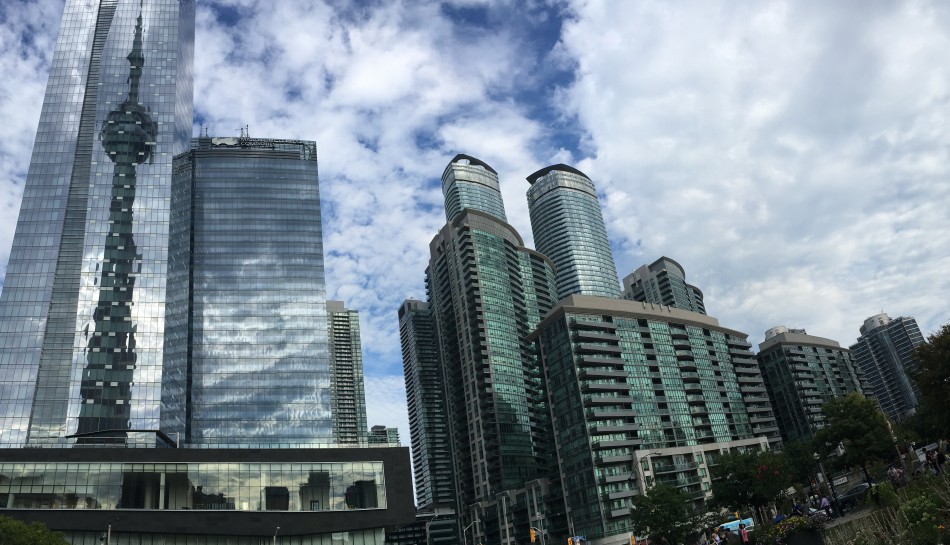Canada Day is statutory holiday celebrated on July 1st by all those who call Canada home. The day commemorates the anniversary of the Constitution Act. The Act, signed in 1867, consolidated three new territories who agreed to come together to join Canada’s wider confederation. Canada Day is informally referred to as “Canada’s Birthday”, but July 1, 1867 was an important milestone in the evolution of the country into its current form of ten provinces and three territories.
Canadians celebrate Canada Day in many ways including fireworks, parades, picnics, and events. Canada Day can also be viewed as a kick off to many of the festivals that happen across the country in July and August.
Canada’s summer festivals have global audiences, and they are a great way to explore the country. This article will highlight some festivals across Canada this summer.
The Canadian National Exhibition
The Canadian National Exhibition in Toronto, known locally as “the Ex” is an annual event that takes place over the last two weeks in August. The Ex has over 1.4 million visitors annually and is one of Canada’s largest annual fairs. Agriculturists, engineers, and scientists represent their country by exhibiting their discoveries. The grounds also have food stands, live entertainment, sporting events, a casino and a carnival with rides.
Montreal’s International Jazz Festival
The Festival International de Jazz de Montreal puts on more than 650 concerts, featuring 3,000 artists from around the globe. Many of these concerts are free outdoor performances. The festival goes on from June 29th to July 8th, and attracts over 200,000 visitors from around the world.
The Calgary Stampede
The Calgary Stampede is one of Canada’s most famous festivals. It is a rodeo show that takes place July every year and is a major part of Calgary’s cultural identity. The Stampede attracts millions of visitors of the ten days of rodeos, parades, agricultural competitions, races, parties and concerts at the Stampede grounds. The Stampede this year will be from July 7th to July 16th.
Royal Nova Scotia International Tattoo
The Royal Nova Scotia International Tattoo is a weeklong event held from June 30th to July 3rd in Halifax, Nova Scotia. The event features military demonstrations, highland dancers, and bagpipes. Themed Tattoo performance are included in the event every year., Over 2,000,000 spectators enjoy the shows in arenas across Halifax, featuring thousands of performers from numerous countries.
Richmond Night Market
Richmond’s Night Market is an annual night market held in Richmond, British Columbia. It is North America’s largest night market. The market happens every weekend all summer long, from April until October. This year, the theme is Summer Wonderland and there will be over 600 international food items from 110 booths and food trucks.
Newfoundland and Labrador Folk Festival
The 47th annual Newfoundland and Labrador Folk Festival happens on July 7th, 8th and 9th this year. The public is invited to Bannerman Park in St Johns for music, crafts and food. The theme this year is “Everything that’s old is new again” and the festival plans to bring back some favorite traditions from the past and are adding new ones to celebrate the province’s unique history and heritage.
Source: cicnews.com
















